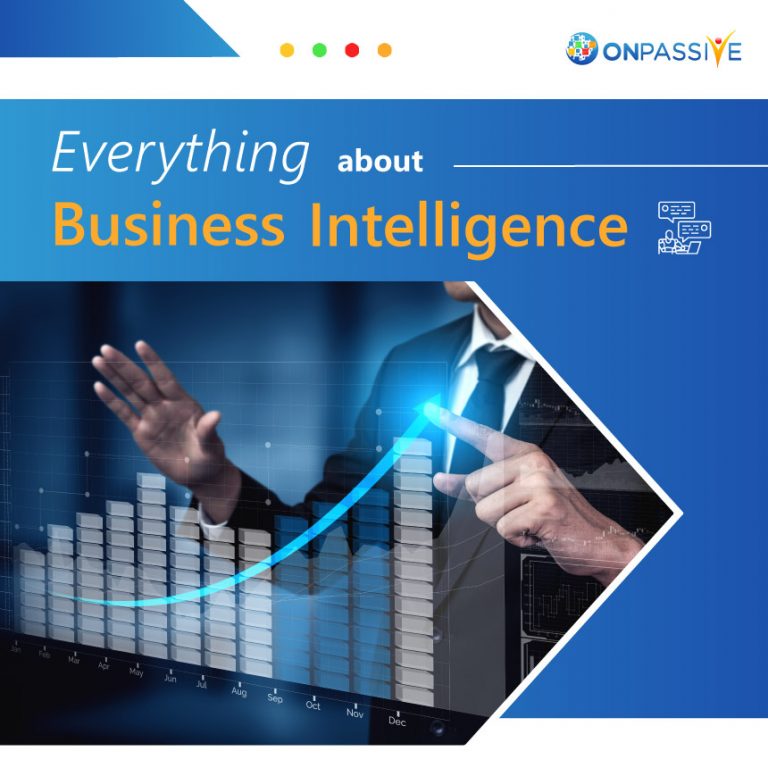
What is Business Intelligence?
Business intelligence (BI) are the tools that deploys technologies, applications and practices to collect, integrate, analyze and present business information.
They are data-driven decision support systems (DSS) that informs about an organization’s strategic and tactical business decisions.
They offer past, current and predictive views of business operations mostly by using data gathered into a data warehouse and occasionally working from operational data. After accessing and analyzing large datasets, Business Intelligence (BI) tools present analytical findings in various forms- reports, dashboards, charts, graphs and maps to offer users the detailed intelligence about the state of the business. But that’s not all about BI. It offers a gateway for users to examine data, understand trends and make a sound business decision by streamlining their efforts.
They are also employed to provide the quick and easy-to-understand insights about a business’s current state, based upon the data available.
Examples of BI
- BI tools can be exploited for examining various data sets. For instance- collecting student’s attendance report or examining their performance, BI tools can be deployed.
- Businesses can use BI tools to manage their supply chain and detect where does exactly delays are happening or what are the fluctuations exist within the shipping process.
BI Architecture
Business intelligence architecture is the framework that organizations deploy for collecting data, administering of information and supporting all the technologies of business intelligence. A successful business intelligence tool depends majorly upon a sustainable architecture. The process of creating a BI architecture is divided into three areas:
- Data collection: This area is responsible for collecting variety of data from different activities carried out in your organization. It involves understanding of data required for different users. It is also important to examine the quality and type of data you are collecting. The quality of data collected reflects directly into the BI insights.
- Information Management: This includes integration of data, scraping datasets, arranging the structure and administration of data.
- Business Intelligence: Business Intelligence is that part of an organizational architecture which analyzes properly organized data to produce insights about the state of the business.
Components of BI:
There are five components of Business Intelligence. They are:
- OLAP (Online Analytical Processing): It helps executives in sorting and selecting aggregate of data in order to monitor it strategically.
- Corporate Performance Management (CPM)/Advanced Analytics: This tool helps with the statistics of certain product or service. It also helps in predicting the performance of particular product in market.
- Real-time BI: Real time BI helps businesses in keeping updated with the changing marketing trends. While clients are engaged on the website, marketing team can announce special offers and grab client’s attention. This is possible with real-time BI
- Data warehousing: It involves storage of large amounts of data to the benefit of different divisions of an organization.
- Data sources: This involves taking raw data and creating systematic data sources with the help of various software applications. BI tools put these datasets to create pie charts, graphs or tables etc.
Benefits of BI:
Organizations can use BI tools at any stage to analyze, manage and visualize business data through which they can stay relevant and maximize their revenue streams. Following are the key benefits of BI:
- Quick and accurate reporting
- Delivering business insights that add value to the businesses
- Insightful data analysis
- Improving data quality
- Enhancing operational data efficiency
- Achieving customer satisfaction
- Understanding market trends and improving decision making process
- Lower margins and increasing business revenues .



Theodore Williams
3 years ago